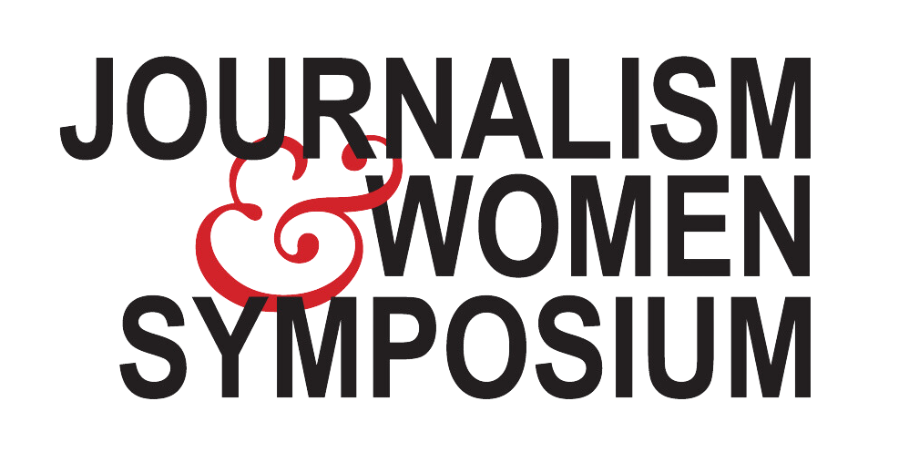Inspired By: Elissa Yancey, CAMP co-chair and community story-gatherer
Alongside Tanya Gazdik, Elissa Yancey volunteered countless hours as this year’s CAMP co-chair. We were inspired by her tireless good cheer in the role, as well as her enthusiasm for her nonprofit, A Picture’s Worth, which is experiencing exciting success. We caught up with her to learn more.
Tell us a little about yourself.
I live in Cincinnati, Ohio, with my fiance Francis. I have two grown sons who still live in the area as well. I co-founded and now am Executive and Creative Director for the nonprofit A Picture’s Worth. It’s the culmination of a lifetime defined by stories — listening to them and sharing them.
All my life, all my jobs have revolved around the power of story. As an educator, journalist, corporate communicator, team builder, nonprofit leader and teacher — at a certain point, the unifying theme has always been writing and connecting around our shared humanity. It’s a gift to build a life around doing that work.
Describe your journey in journalism.
I track my career in journalism to when I was five or six and interviewed my stuffed animals, Phil Donahue-style, with a little microphone and reel-to-reel tape recorder. I’ve always been fascinated by the dynamics of conversations and it’s all I ever thought I would do. I restarted my high school newspaper, was the editor of my college newspaper and I had my first story published with Cincinnati Magazine when I was still in school.
I worked in publishing after college, then saved up money so I could travel. When I was working in the Eastern Bloc of Europe, I realized how important it was to understand how people come to believe different things. That was when I realized my passion for journalism has always been about learning. So I decided to teach! I went back to school and got my Masters in Education and taught for a time at the high school and college levels. I got back into the world of digital journalism because those opportunities felt most compelling to me. The next decade of learning and travel helped me understand that journalists were an ongoing part of the stories we were trying to capture. I realized our focus was too often on people at their worst versus showing people in their fullness, including their strength and resilience. Around that time, in the midst of teaching and thinking deeply about the role of journalists, I met Fara Warner who recruited me to JAWS in 2008. We have taught together and learned alongside one another, and I’m proud that she is the co-founder of A Picture’s Worth.
Tell us more about your nonprofit. It’s been having some wins lately!
A Picture’s Worth does the work of lifting up community voices in a way traditional media does not. In academia, I worked with a lot of social science experts and learned that there are different ways to approach human beings and that journalists typically have a very limited approach. At APW, we allow people to talk about their strengths and values first before focusing on adverse conditions.
Stories can be beacons of hope, but they can also do a lot of harm. We need to take accountability for when we are not fair to communities: when we haven’t been objective or humble and we’ve made people’s lives worse by imposing on them during the worst days of their lives, then rarely checking back in.
A Picture’s Worth democratizes the journalism process. The communities we work with decide what’s valuable to them and share the stories we miss. Fara and I started it in 2017 with the nugget of understanding that visual cues connect to the oldest part of our brain—so when you ask people to talk about a photo, you tap into a deeper kind of connection; it accelerates a level of intimacy and authenticity that is awe-inspiring.
Community members always lead the way. People bring in photos that relate to a theme that their neighbors determine. Maybe they discuss public housing that’s been torn down where they grew up — about childhoods where everyone knew everyone and watched out for everyone, where there were beautiful playgrounds; where the whole community was forced by city structure to be self-sufficient. A lot of people would be surprised because of the negative way these communities have been portrayed in the media.
I can’t tell you how often people say “Thank you for listening.” One hundred percent report that they feel heard and respected through our storygathering processes. That in and of itself in today’s country is a testament to the importance of this work.
And all the while, you were putting CAMP together! How was your experience co-chairing JAWS at the Intersections?
Being the chair of programming for CAMP was a revelation. I learned how many people will say yes when you ask them to talk about their work and when you provide them an opportunity to connect to a community that’s aligned with or interested in their vision and perspective. It gave me hope that JAWS can think big and reach out to people with big ideas — people like Deb Haaland, yes, but also people with big ideas who may not have big names. The sessions I learned the most from were led by people who weren’t necessarily the big names. I was awed and inspired by the generosity of their spirits, approach to their work and care for the community of journalism, period.
I hope as JAWS moves forward it carries that energy into spaces that allow for continued growth across generations, disciplines and geographic regions. JAWS has an opportunity to be a unique player by being expansive and inclusive and supportive — and offering consistent value to its members.

